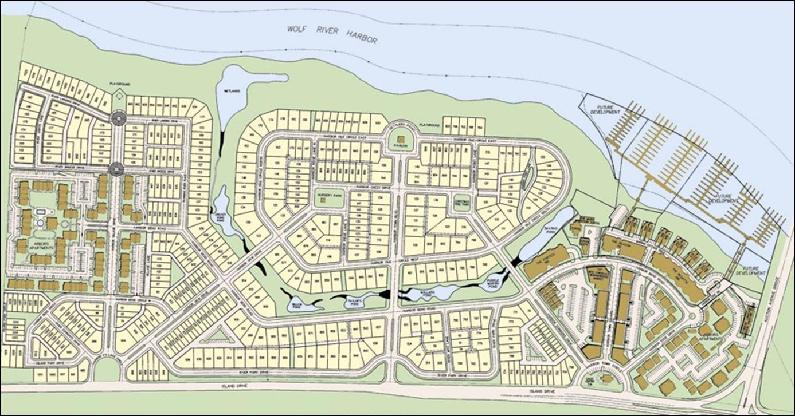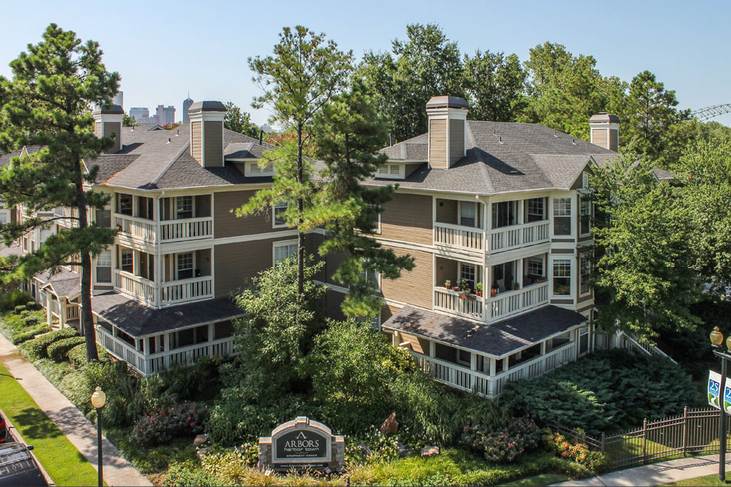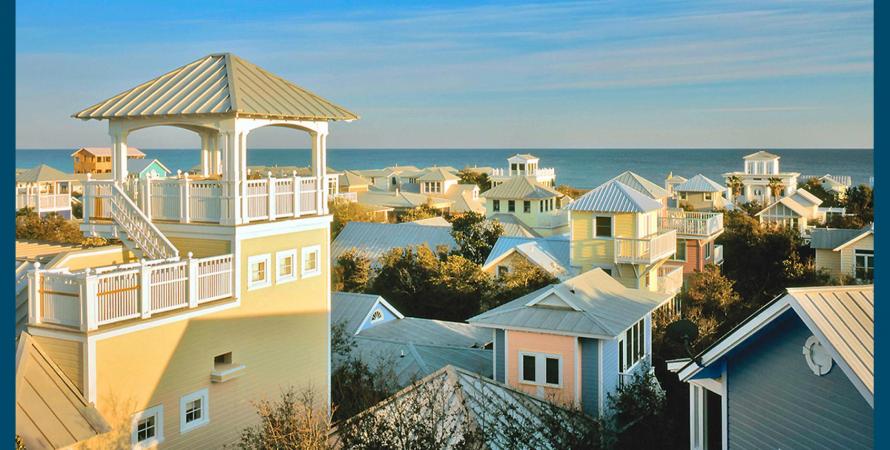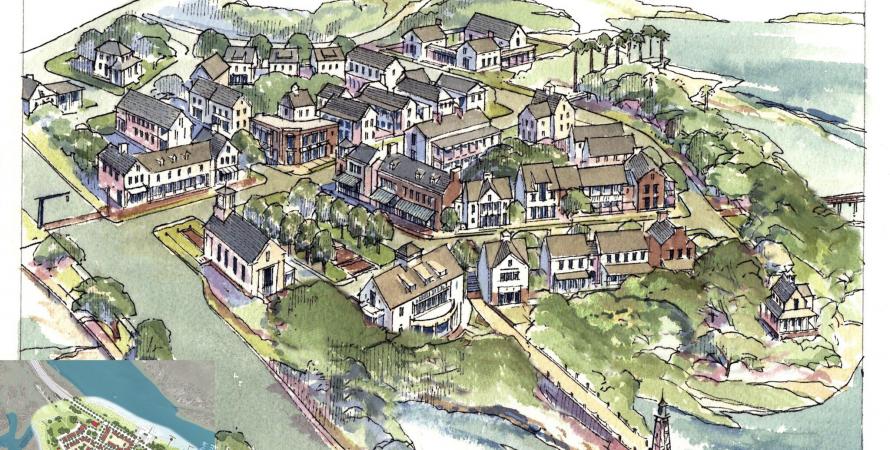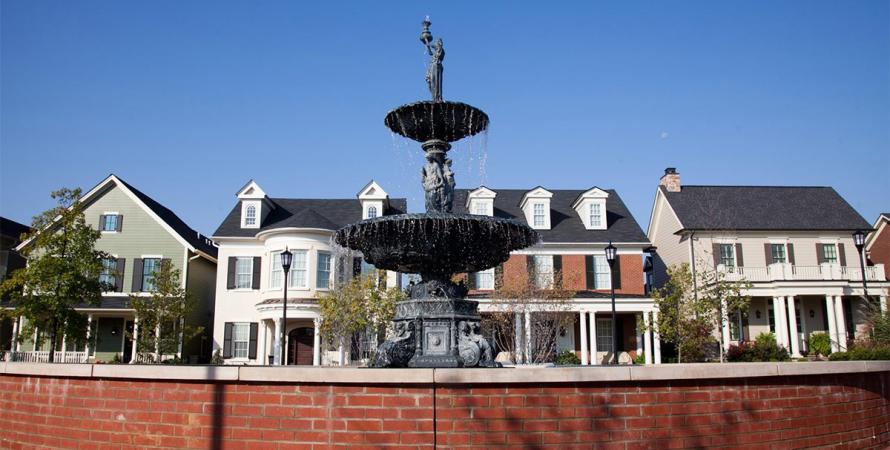In the early 1980’s, the city of Memphis made plans to extend I-240’s northern section and create an Inner Loop around the city, and doing so would have required building onto the small peninsula called Mud Island. Mud Island is separated from downtown Memphis by Wolf River Harbor, and at the time it was an empty stretch of land along the Mississippi. Memphis saw the empty space as a good place for a highway extension, but local developer Henry Turley felt that this would be an incredible waste of potential. Coordinating efforts with local interest groups such as Future Memphis, Inc. and Greater Memphis Chamber, Turley successfully petitioned the city to leave Mud Island alone. A few year later, the property foreclosed and Turley was able to purchase the 132 acre property for only $2.25 million.
Recognizing the opportunity he had to create something unique just across the Harbor from downtown Memphis, Turley decided he wanted to make a community that was neither urban nor suburban, but something in between that would revive more traditional maxims of town planning. He enlisted the help of architecture firms RTKL Associates and Looney Ricks Kiss to design the plans, and consultant Tony Bologna was hired as the director of development. Given that the land had been acquired as a result of not wanting cars to dominate Mud Island, the team agreed that this should be a highly walkable community that reduces its residents’ need for cars.
Plan of Harbor Town
Everything in Harbor Town was carefully planned, from the street plan to the individual ceiling fans installed on porches. The plans were drawn so meticulously that each street features a different species of tree; not only is this meant to provide aesthetic variety, but the hope was that this biodiversity would mean that not all of the trees would drop their leaves at once in the Fall. Turley felt that people would not come to Harbor Town if there were not amenities and stores already waiting for them there, and he took a personal interest in convincing Memphis companies to move locations to Mud Island. He convinced a local Montessori school to move into a new building in Harbor Town, and when he could not get a local grocer to open up shop there, he opened one himself. Miss Cordelia’s Grocery is still the main grocery store on Mud Island, although Turley does not operate it himself anymore.
Both the grocery and the school are featured in the Town Center, along with restaurants, professional office, and other businesses. The town also includes a bilingual daycare, an upscale inn, a health clinic, and a marina that can house up to 50 boats. Harbor Town itself is divided into three major districts—the Garden District, the Village District, and the Harbor District—all separated by a wetlands retention feature that snakes through town like a small river.
There are over 500 residences in Harbor Town, with sizes and styles that range form mansions to affordable apartments. The streets are designed to be easily walkable and the small size and dense design of the town means residents never have to walk too far to get to where they want to go. The dependency on the car has been alleviated, and small alleyways allow residents to park their cars behind their houses, freeing up space on the streets. Those streets become not only avenues of transportation, but meeting places for neighbors. When Turley decided to revive traditional elements of town planning, he reduced backyard space and emphasized the presence of the front porch on the streetscape.
Residential Units of the town
With the construction of the A.W. Willis Ave Bridge, Harbor Town was connected back to downtown Memphis, giving its residents easy access to the amenities of the city while still remaining apart form it. Construction began in 1989, and the first residents moved into Harbor Town by 1991, but the whole town took fifteen years to complete and was finalized in 2004.
Since 1989, Harbor Town has won over 70 awards for its innovative city planning, including the National Association of Builders’ 1991 Home of the Year Award, the National Design Competition’s 2006 Best in American Living Award, and the Congress for the New Urbanism’s 2007 Charter Award. The Walt Disney Company also honored Harbor Town by studying it when it decided to built a similar town called Celebration in Florida.
Photo Above: Aerial view of Mud Island between Wolf River Harbor and the Mississippi River.

